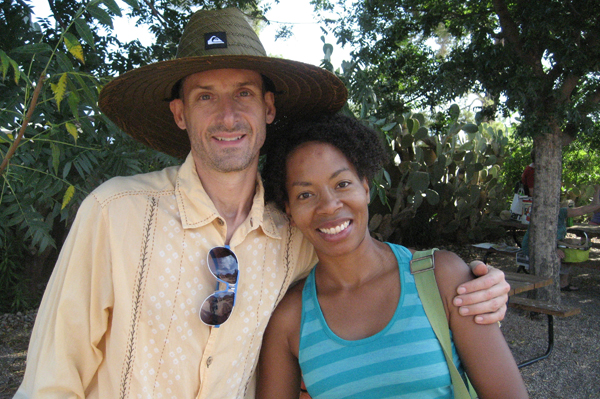
Doug Merkle, volunteer irrigation monitor for GD2, and LaRae Barnes, GD2 garden coordinator.
photo: C.J. Shane
The word “garden” usually brings up thoughts of vegetables and flowers. Now another word associated with “garden” that is gaining traction is “community.” Tucson has a very active community garden scene organized by Community Gardens of Tucson. In coming months, we’ll visit community gardens around the city and take a look at what’s currently growing and being harvested.
My first visit was to the GD2 Community Garden in Tucson’s mid-town Garden District, bound by Grant Road, Swan Road, Speedway Boulevard and Alvernon Way. The GD2 garden is on Bell Street near Pima Street and Swan Road. A few gardeners were already tending their plots when I showed up, awaiting the arrival of Pima County Extension Master Gardener Giulio Grecchi. This gave me the chance to chat with the gardeners and to learn more about what they were doing.
Brad Holland, who donated the land for the garden, spoke about the evolution of the plot. “Originally I was planning on building my dream house, but the economic crash of 2008 changed all that,” Holland said. “I pondered what might be the highest and best use for the lot.” He decided on a garden so he contacted Community Gardens of Tucson to get started. How about the name “GD2”? Holland grinned and said, “Garden District’s Garden!”
Congresswoman Gabby Giffords lived across the street from GD2 garden and her office was located at Pima/Swan Roads at the time of the January 8, 2011 shootings in Tucson in which six people were killed and 13 others, including Giffords, were wounded. Holland reminded me of the shrines for victims that arose at Giffords’ office, at University Medical Center and at the scene of the shootings. “The material items at the shrines, such as cards and gifts, were archived,” Holland said. “All the plant material from flowers was brought to GD2 garden and composted to become part of GD2’s soil.”
Holland, a retired prosecutor with the Pima County District Attorney’s office and self-described “lounge act” (he’s a jazz musician), is convinced that GD2 has had a role in dropping the neighborhood crime rate. “There are so many more people now walking their dogs and kids riding bikes. There are more eyes and ears on the street,” he said. Holland’s next project is to introduce chickens to GD2.
LaRae Barnes recently became the new coordinator of GD2 garden. She showed off her burgundy-colored okra and waxed poetic about how delicious the butternut squash has been this year. “Actually, every vegetable we’ve grown has just blown away any store-bought veggie,” she said. “Onions were probably the all-time favorite. I can’t even describe the subtlety of flavor and how it changed depending on which day you picked it.”
Barnes credits the garden for helping her recover from a concussion that led to painful nerve damage. In an article that she wrote for Community Gardens of Tucson’s newsletter, Barnes said, “Almost everything about the garden was good for me. It gave me a reason to get up in the morning after suffering through another tortuous night… my plants needed me.”
The word “community” came up when Barnes talked about GD2. She said, “I feel like our modern society has so many things that isolate people. Being that we are social beings, I think we are all a little bit starved for good old-fashioned conversation.” She has found good conversation at GD2.
Community is also a key aspect for Doug Merkle, who recently became the volunteer irrigation meter monitor for GD2. Merkle was active in building GD2 and digging plots. Then Merkel said, “I found I’m not a natural gardener. But the more I came, and the more I saw people, I began to see the community aspect. We started eating the food, and that’s when another piece of the puzzle fell into place. The variety and taste of the food is so much better than from the grocery store.”
Community is important for Mark Fleming and Lisa Ealy who have a garden at their home and also a plot in GD2. “We wanted to meet people in the neighborhood and be more sociable,” Fleming said.
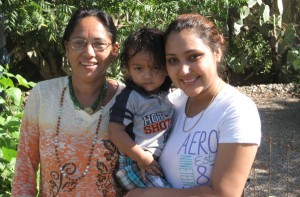
The Dhital family – who are a part of the GD2 community – include: (left to right), Shushil, Savon, Gita Dhital.
photo: C.J. Shane
Part of the GD2 community is a refugee family who came here from Bhutan, the Dhitals. They grow flowers and vegetables on their plot. Meg Johnson, who produces the Garden District email newsletter, said that two other plots are gardened by a group of disabled adults. There’s lot of diversity at GD2.
When Master Gardener Grecchi arrived, he gave a presentation on transitioning from summer to fall gardens this month.
“In summer we eat fruits and flowers, and in winter, we eat roots, leaves and shoots.” Grecchi said. Winter crops for Tucson include Brussels sprouts, cabbage, cauliflower, carrots, chard, kale, lettuce, radish, spinach, turnips, garbanzos (chick peas), lentils and more. We can begin planting seeds in September for many fall crops. Grecchi reminded us to organically fertilize our gardens (compost and manure), and to use mulch to hold in moisture and keep plants warm in winter. Grecchi suggested pulling out summer plants that are no longer producing well and replace them with winter veggies.
To learn more about our community gardens, visit CommunityGardensofTucson.org.
_________________________________________________________________________________
Our featured veggie for September is okra, an easy-to-grow plant that loves heat, is drought-tolerant and will produce abundantly until frost. Okra is a staple of Southern cooking, especially Cajun gumbo and is also popular in Arab cuisine. Of course, the best dish of all is Southern-fried okra. Think crunchy and delicious, not slimy!
Southern Fried Okra
Serves 2
1 cup okra, sliced in 1/4 inch pieces (about 10 pods)
1 egg, beaten (optional)
3/4 cup buttermilk
1/2 cup cornmeal
1/2 cup flour
1/4 teaspoon salt
1/4 teaspoon ground black pepper
1/2 cup vegetable oil
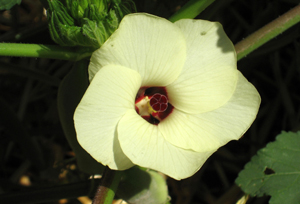
Okra Blossom
photo: C.J. Shane
1. In a small bowl, soak okra in buttermilk (and optional egg) for 5 to 10 minutes.
2. In a large bowl, combine cornmeal, flour, salt and pepper.
3. Remove okra from buttermilk with slotted spoon, dredge okra in the cornmeal/flour mixture, and turn gently until all pieces are coated. Avoid clumping.
4. Sift a few pieces at a time in your hand to allow the loose extra coating to fall off and to avoid clumping, then set aside in another bowl.
5. Into a large heated skillet, pour oil to a depth of about 1/4 inch, medium-high heat.
6. When the oil gets hot enough to sizzle a wet piece of cornmeal, carefully drop a few pieces of okra at a time into the skillet.
7. Repeat until the skillet bottom is covered with a layer of okra no more than 1 inch deep.
8. When okra pieces are browned on one side, gently turn okra to other side with a spatula.
9. Don’t stir or turn again until second side is browned.
10. Drain on paper towels.
Thanks to Terry Dyke, Austin cook and gardener, for the basis of this recipe.
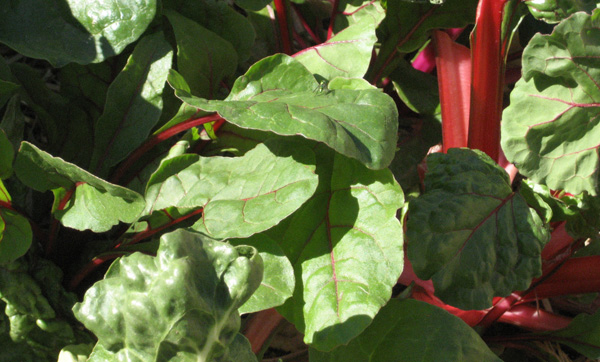


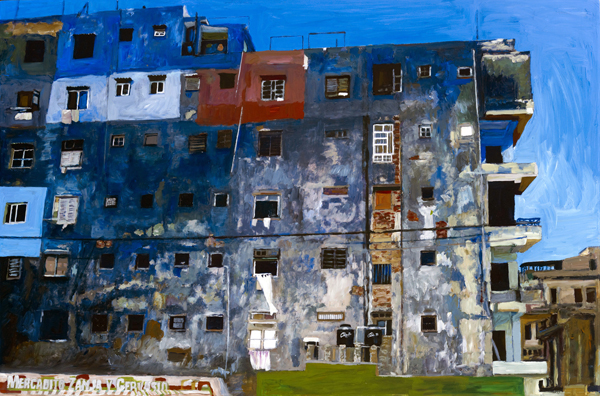
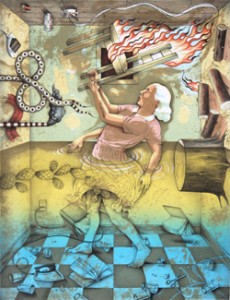
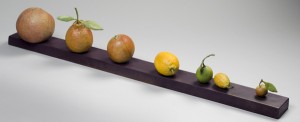
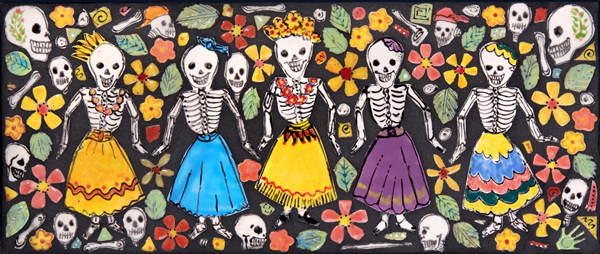
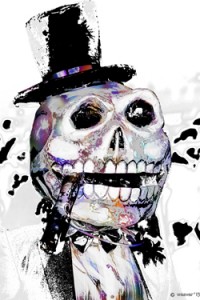

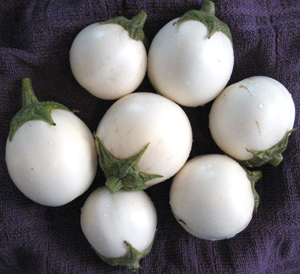



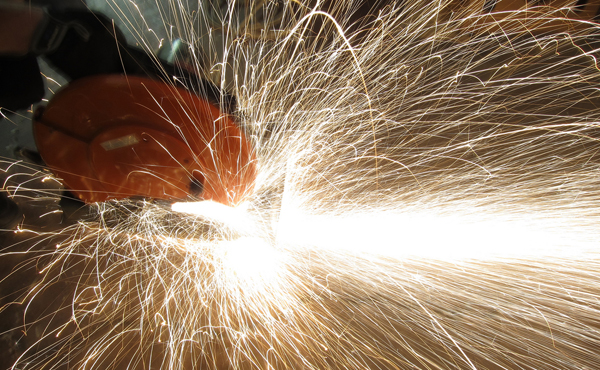
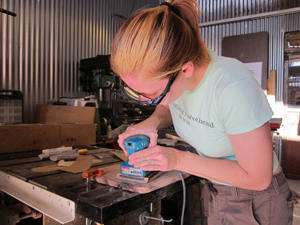
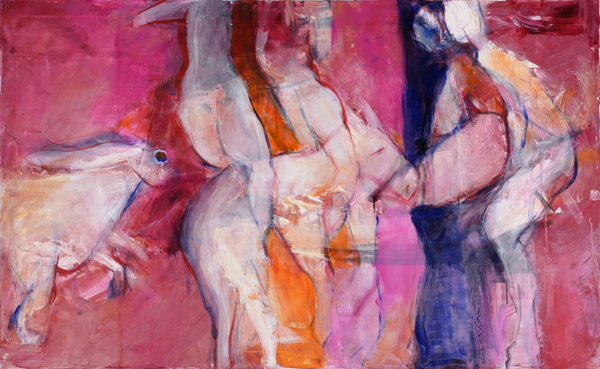
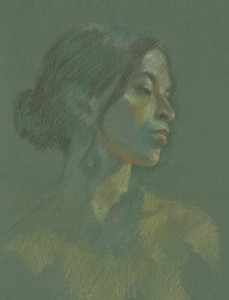
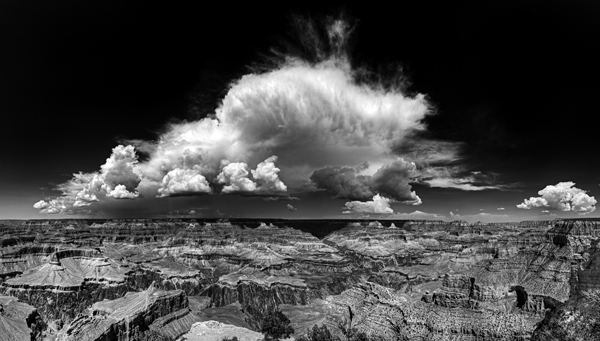

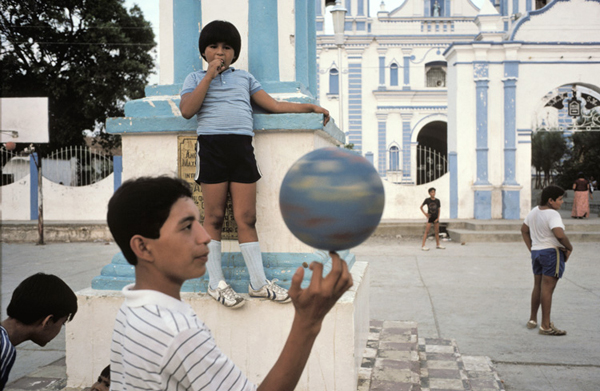




Also find us on...